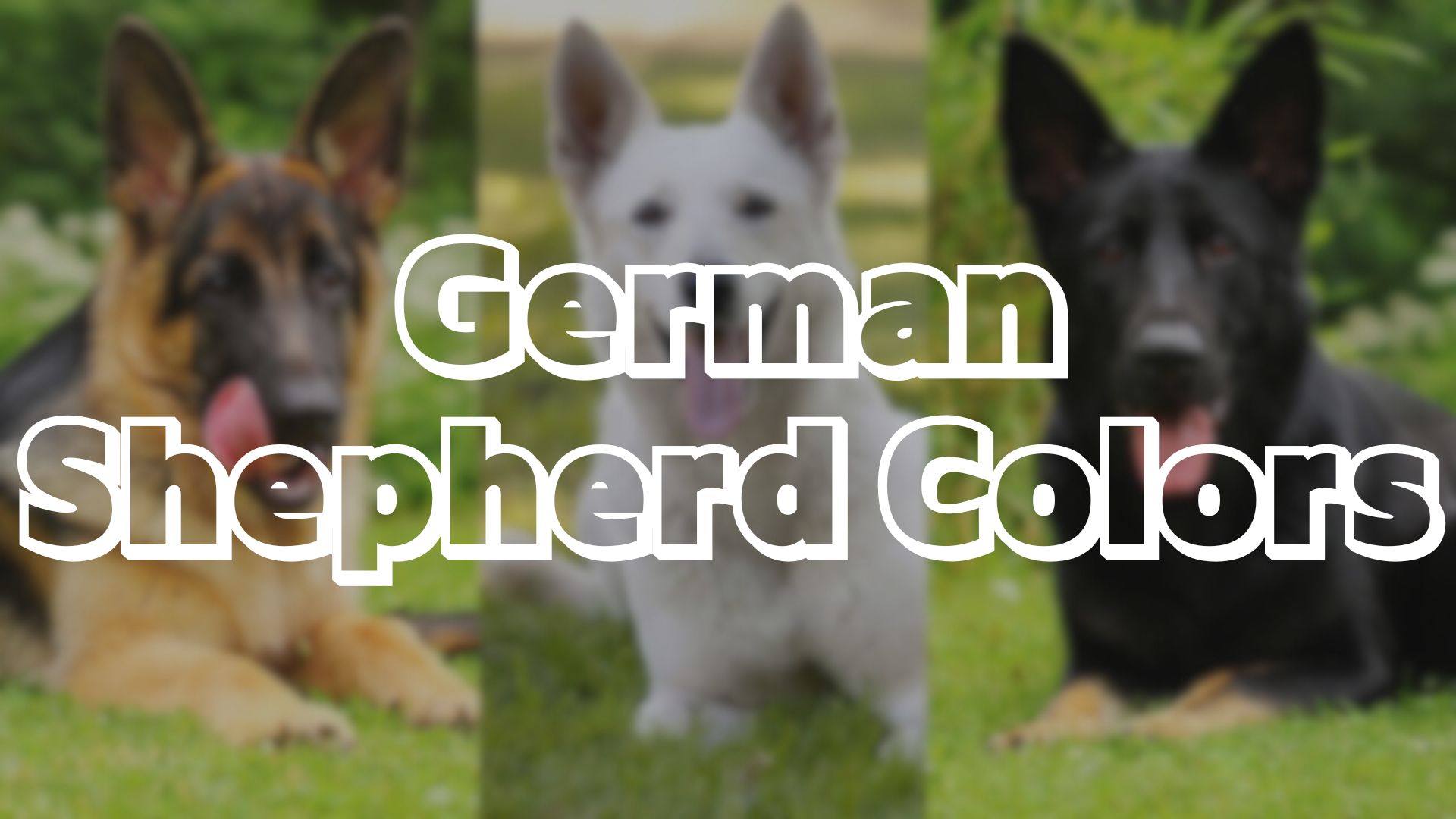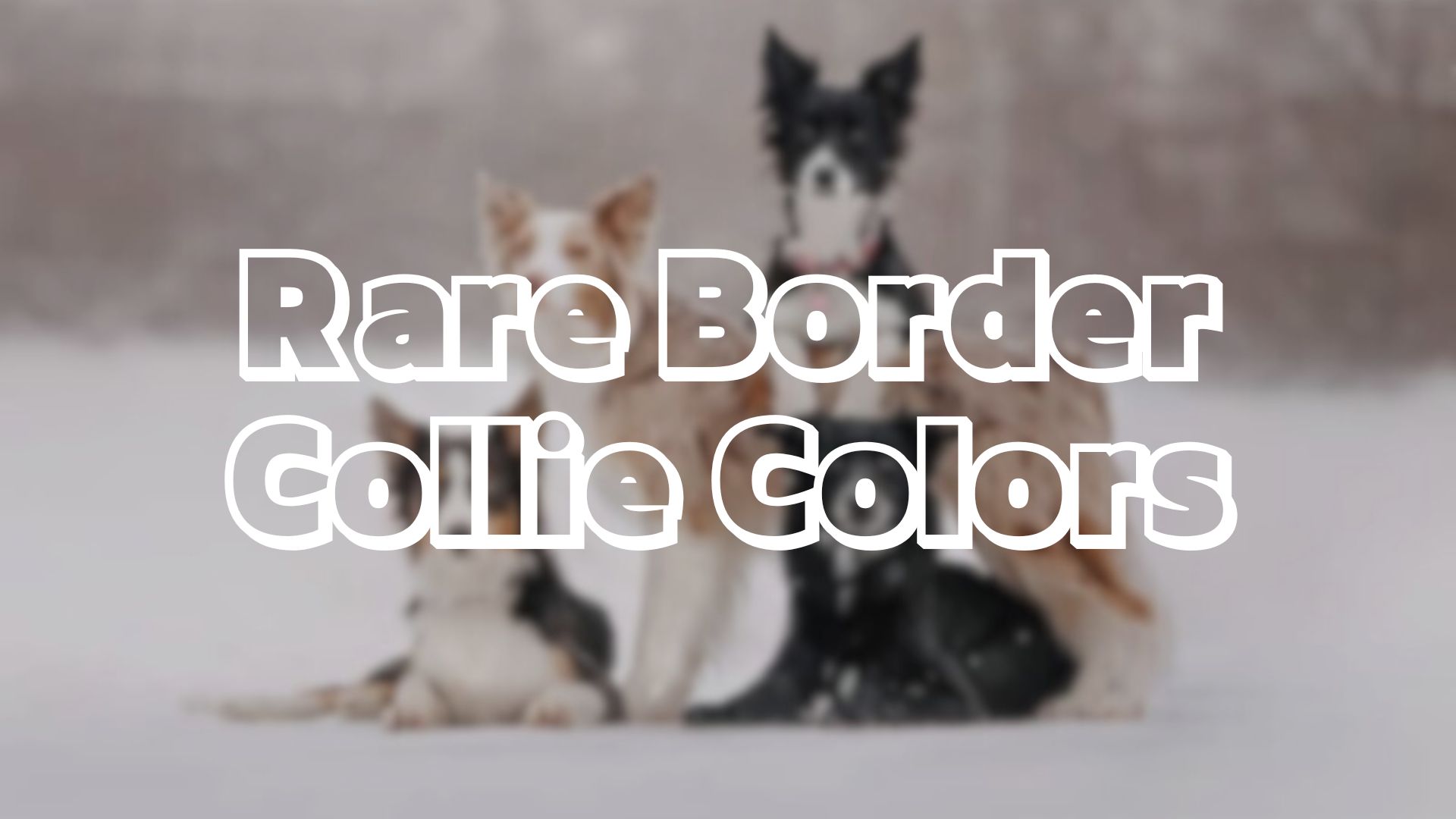German Shepherds come in various colors like black and tan, black and red, sable, and solid black. These colors reflect genetic influences and historical significance. Different color variations offer unique characteristics to the breed. The coat types include standard, long stock, and plush coats, each with distinct grooming needs. Understanding the variety of colors and coat types is essential for proper care. Explore the wide spectrum of German Shepherd colors to appreciate the breed’s genetic diversity and aesthetic appeal.
German Shepherd Coat and Color Varieties
The diversity of German Shepherd coat and color variations showcases the breed’s aesthetic appeal and genetic complexity. German Shepherds exhibit a wide range of colors, from the traditional black and tan to the striking black and red. These color variations are not just about aesthetics; they also reflect the intricate genetic makeup of the breed.
The black and tan coloration, originating in Germany in the 19th century, is a common and classic choice for German Shepherds. This color combination is recessive to the sable gene and dominant over the solid black gene. As the dog ages, the coat tends to lighten, with a gray strip down the back often seen in females.
On the other hand, the black and red German Shepherds, where red pigment replaces tan in the coat, are preferred by many breeders due to the easier breeding process driven by dominant genes. The focus is often on producing a deep red coloring that stands out. Each color variation brings its own unique charm and characteristics to the beloved German Shepherd breed.
German Shepherds Come in a Variety of Colors
German Shepherd breed showcases a diverse array of coat colors, each contributing to the breed’s unique aesthetic appeal and genetic complexity.
- Red and Black: Most recognized color with red features and black saddle.
- Bi-Color: Predominantly black with red/tan accents on face, legs, and chest.
- Sable: Most common color with strands of hair in brown, black, silver, and red.
- Black: Solid black coat with occasional traces of brown or white.
The German Shepherd’s color variations add to its allure, with each hue representing different genetic influences and breeding practices. From the classic black and tan to the striking red and black, these colors not only affect the dog’s appearance but also play a role in the breed’s historical significance and show ring acceptance. Understanding the variety of colors available within the German Shepherd breed allows enthusiasts and breeders to appreciate the complexities and beauty of this majestic canine.
Most Common Colors
Among the various coat colors found in the German Shepherd breed, some hues are more frequently observed than others.
The most common colors seen in German Shepherds include Black and Tan, which is a traditional and dominant color that originated in Germany in the 19th century.
Another prevalent color is Black and Red, where red pigment replaces the tan in the coat, making it easier to breed for due to dominant genes.
Sable is also a popular choice, offering a variety of colors with black-tipped hairs that change throughout the puppy’s life. This color is easy to breed for due to its dominant nature and unique variations.
Grey, particularly the dark wolf-like appearance, is also a common color recognized as a solid color by the AKC. These colors are widely appreciated by German Shepherd enthusiasts and can be found in many breeding programs dedicated to maintaining these traditional and beloved coat shades.
Coat Types
Given the variety of coat colors prevalent in the German Shepherd breed, a crucial aspect to explore next is the diverse range of coat types that contribute to the breed’s distinct appearance and characteristics.
- Standard Coat (SC): Double coat with a topcoat and thick undercoat.
- Long Stock Coat (LSH): Longer coat than standard with maintained undercoat.
- Plush Coat: Dense and medium in length with an undercoat.
- Coat Length Variations: Vary from short to medium to long, affecting grooming needs and shedding patterns.
German Shepherds are known for their double coats, which consist of a topcoat and undercoat. The standard coat is common, offering protection against various weather conditions, while the long stock coat is characterized by a longer outer layer. Additionally, the plush coat is dense and offers a medium length, providing a luxurious appearance. Understanding the different coat types is essential for grooming practices and maintaining the health and appearance of these remarkable dogs.
Understanding Blue Doberman Syndrome
Understanding the complexities surrounding Blue Doberman Syndrome requires a keen awareness of genetic predispositions and associated health implications. Blue Doberman Syndrome, also known as Color Dilution Alopecia, is a genetic condition prevalent in blue-coated Doberman Pinschers. The dilution gene responsible for the blue coat color can lead to hair loss, skin issues, and increased susceptibility to sunburn and skin cancer. While the blue coat color itself is aesthetically striking, potential owners must be informed about the risks associated with this genetic trait.
| Pros | Cons |
|---|---|
| Unique and Attractive | Increased Risk of Health Complications |
| Eye-Catching Color | Prone to Skin Problems |
| Distinctive Appearance | Sun Sensitivity and Skin Cancer Risk |
It is essential for Doberman enthusiasts to prioritize the health and well-being of the breed over aesthetic preferences. Responsible breeding practices and vigilant care can help manage the risks associated with Blue Doberman Syndrome and ensure the overall welfare of these magnificent dogs.
Varieties of Tan and Mixed Colors
One of the distinctive characteristics of German Shepherds is the array of tan and mixed colors they exhibit. These colors add to the unique appearance of this popular breed. Here are some varieties of tan and mixed colors commonly seen in German Shepherds:
- Tan and Black: A classic combination that is a common color scheme in German Shepherds.
- Black and Cream: Lighter tones of red and tan create a striking appearance in this color variation.
- Black and Silver: Silver accents on a black coat give a distinguished look to these dogs.
- Bi-Color: Predominantly black with red or tan markings, creating a striking contrast in appearance.
These various tan and mixed colors contribute to the visual diversity of German Shepherds, making them even more appealing to dog enthusiasts worldwide.
Varieties of Sable
Exploring the diverse range of sable varieties showcases the intricate beauty and uniqueness within the German Shepherd breed. Sable German Shepherds exhibit a stunning array of colors, with their coats featuring a mix of black-tipped hairs in shades of brown, silver, and red. This variety of colors creates a striking appearance that sets sables apart from other coat variations.
One of the distinguishing characteristics of sable German Shepherds is the way their coat color changes throughout their life stages, making them visually captivating and constantly evolving. Breeders often find sables appealing due to the dominant color being relatively easy to breed for, resulting in eye-catching and unique variations within the breed.
The sable coat pattern not only adds to the aesthetic appeal of these dogs but also highlights the breed’s versatility and adaptability, making them a popular choice among German Shepherd enthusiasts.
Rare Colors
Unveiling the elusive and captivating spectrum of rare colors in German Shepherds sheds light on the breed’s unique genetic diversity and aesthetic appeal. These rare colors add a touch of exclusivity to an already remarkable breed.
Some of the rare colors found in German Shepherds include:
- White:
- Disqualified from dog shows by AKC
- Recognized by United Kennel Club
- Controversial in the German Shepherd world
- Culled in Germany in 1959 due to perceived genetic issues
- Isabella:
- Unusual eye and nose coloring
- Recessive trait limiting gene pool
- Striking appearance but not recognized by AKC
- Originates from combining liver and blue dilution genes
- Albino:
- Incredibly rare in German Shepherds
- Lacks all pigmentation, including eyes and nose
- Distinguished by red or pink eyes
- May experience health problems associated with the condition
Solid Grey
German Shepherds with solid grey coats exhibit a distinct and striking appearance among the various color variations within the breed. The solid grey coat gives these dogs a dark, wolf-like appearance that sets them apart from more common colors like black and tan. Recognized as a solid color by the AKC, solid grey German Shepherds are produced by a dominant gene that results in a lack of black pigmentation in their coat.
Solid grey German Shepherds are unique in their coloring, as they lack the traditional black accents seen in other variations. This coloration can range from a lighter silver-grey to a darker charcoal hue, adding to their allure. While not as prevalent as some other colors, solid grey German Shepherds are still highly sought after for their distinctive and eye-catching appearance. Breeders specializing in solid grey German Shepherds cater to enthusiasts looking for a canine companion with a rare and captivating coat color.
Blue
A notable color variation within the German Shepherd breed is the elegant and rare blue coat. This unique coloring is a subject of controversy due to concerns about inbreeding, although there is no concrete evidence indicating increased health issues associated with the blue coat.
- Uncommon and striking appearance
- Potential for a gray or silver hue
- Minimal evidence of health problems linked to the color
- Requires careful breeding practices to maintain breed standards and health
The blue coat is distinguishable by its beautiful shade that may vary from a light gray to a deep silver. Breeders focusing on this color variation should prioritize responsible breeding practices to ensure the health and well-being of the dogs. While the blue color may not be widely accepted in traditional standards, it remains a captivating and sought-after trait among enthusiasts of unique German Shepherd colors.
Liver (Brown)
The exquisite and distinctive Liver (Brown) coloring is a notable variation within the spectrum of German Shepherd coat colors. This unique hue presents as a rich reddish-brown shade, setting it apart from more common colors like black and tan or sable.
Liver German Shepherds showcase a stunning coat color that is produced by a recessive gene, making it a rare find among the breed. The liver coloration extends not only to the fur but also often influences the eye color, with amber eyes complementing the warm tones of the coat.
While liver German Shepherds are recognized by the American Kennel Club, there are restrictions on this color in terms of breeding and showing. Typically, liver-colored German Shepherds are a product of specialty breeding programs aimed at preserving and highlighting this unique and striking coat variation within the breed.
Panda Shepherds
Panda Shepherds, with their distinctive appearance reminiscent of the Border Collie breed, showcase a unique coat pattern that intrigues many within the canine community.
- These German Shepherds have a striking black and white coat coloration.
- The panda-like markings on their fur make them stand out from traditional German Shepherd colors.
- Despite not being officially recognized by some kennel clubs, Panda Shepherds have gained popularity among dog enthusiasts.
- Breeders focusing on Panda Shepherds often emphasize maintaining the purity of the black and white color combination to preserve their unique look.
Conclusion
In conclusion, the diverse range of colors and patterns found in German Shepherds reflects a rich history of genetics and selective breeding practices.
From common black and tan coats to rare isabella and albino variations, each color tells a unique story of the breed’s heritage.
Understanding these color variations adds depth to our appreciation of this iconic canine breed and highlights the intricate world of canine genetics and breeding practices.



